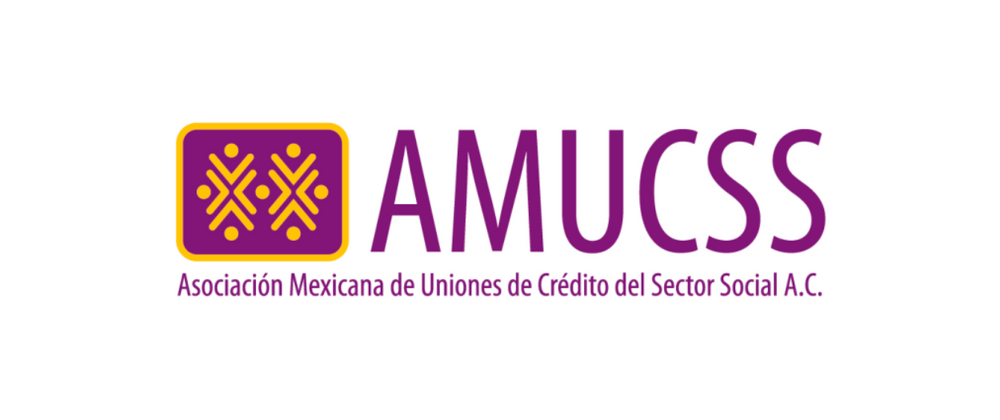Brief Project Description
For over 25 years, AMUCSS has been an advocate for financial inclusion through the creation of rural microbanks. At AMUCSS, we have designed a series of meaningful experiences and moments of cultural immersion meant to introduce the ILF team to how AMUCSS is working with rural areas to promote financial inclusion. This design culminated in the Pahuatlan Workweek curated by Matias Cortese and a community fair to be carried out in November.
Project Update
The project is progressing on schedule. Organizing the Pahuatlan Workweek was challenging due to travel logistics, but everything ultimately went according to our original plan. We are now in the next phase: organizing the Community Fair.
Project Impact & Target Audience(s)
This project’s first stage was primarily focused on offering a unique experience to ILF members, in an unexpected environment. The workweek also benefited local producers and communities, who could show their traditions, artcrafts and products.
Through this project, our producers can maintain their line of work and preserve their traditions. This simultaneously helps raise awareness about the complexity of marginalized rural areas in Mexico, where financial inclusion remains a challenge.
Progress on Objectives, Key Activities
To reach agreements with communities and gather information to enrich the project, our original proposal included two steps:
Step 1: Preparation for a visit to San Pablito & Pahuatlán. This phase included planning logistics, hotel and transportation details for the work week in May.
Step 2: The work week itself, which took place in Mexico City and Pahuatlán and included various cultural immersion components.
Both phases were completed on schedule. The key highlights were the field trips to the municipality of Pahuatlán, Puebla, which included the rural communities of Pahuatlán, San Pablito, Atla, Tlacuilotepec, and Cuauneutla.
1) Pahuatlán
The town of Pahuatlán, the municipal seat, is nestled on the mountain slopes. It served as our operational center during the recent visit because it offers the best hotel facilities and houses AMUCSS's training center and meeting spaces.
2) San Pablito
Located in the Northern Mountain Range of Puebla, on the southern edge of the Huasteca region, San Pablito is a town surrounded by orange groves and coffee plantations. Our host was Eric Pérez, the manager of the San Pablito microbank, a native of the community and a speaker of the Otomi language.
Our first stop was the "Agua Negra" neighborhood, high on the hill, where we were welcomed by the sounds of the jarana and violin, evoking carnival festivities. A group of women was waiting for us there, creating intricate beaded crafts to decorate traditional women’s blouses.
While the younger women worked with beads, an older woman made amate paper from the bark of various tree species. Today, this paper is sold in its natural form and is used for handicrafts. It is mainly women who continue this tradition, as many young men have emigrated to the United States.
3) Atla
María del Carmen Gómez welcomed us to her embroidery workshop, Tlamachkali, which means "House of Embroiderers," in Atla. This region is known for its rich textile tradition, which María keeps alive through her symbolic embroidery. Her designs reflect the local worldview, including representations of animals, plants, natural elements, and geometric figures inspired by daily life, flora, and fauna of the Northern Mountain Range. In addition to being an embroiderer, María also works in the fields, like many women in her community.
4) Cuauneutla
Coffee is often the most important crop in many communities in the Northern Mountain Range of Puebla, including Cuauneutla and Tlacuilotepec. In these communities, we find everything from small family producers to family businesses that have successfully added value to their production with their own roasting and milling facilities. This allows them to compete internationally and win awards for the quality of their coffee.
Vanilla is a high-value spice that can significantly supplement the income of families who cultivate it. Its production requires specific knowledge and care, which is often based on traditional expertise and contributes to the preservation of these cultural practices. The uniqueness of vanilla cultivation and its artisanal processes also holds deep value.
Communications and Marketing
We have primarily promoted our work on social media, such as Facebook, although some articles have also been released online.
https://www.facebook.com/AMUCSS/
https://www.instagram.com/amucss/
https://x.com/AMUCSS
What’s Next?
We are currently co-organizing a very special community fair, creating a meaningful experience that will build true connections with producers from the various communities within this vast network of financial inclusion supported by AMUCSS.
Community Support
The goal of this project is to bring the community to the ILF network :)
Additional Comments
The essential role of women, who lead many of the little businesses we visited, must be highlighted. Microcredits give them economic autonomy and strengthen their role both in the community and at home.







Top comments (0)